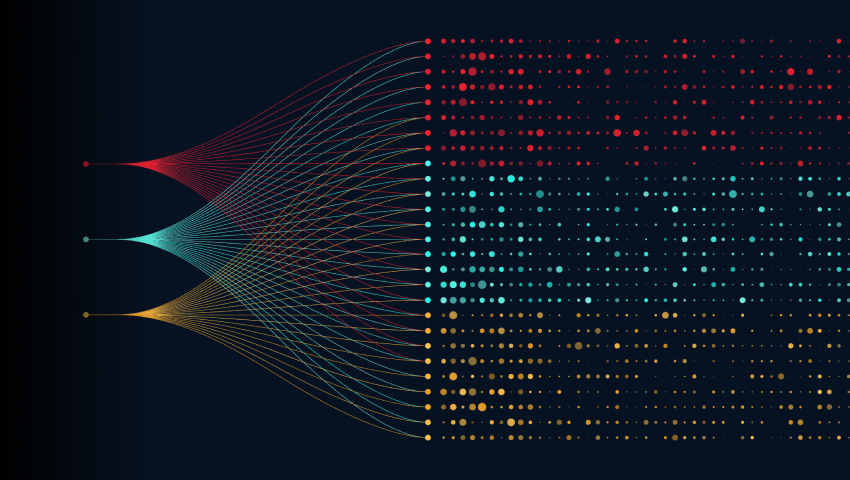I think what first drew me to C3 AI was the variety of problems and expertise present here. I thought it would be a great opportunity to see how people from other fields think, work, and approach problems. This being my first internship, I did not know what to expect in terms of projects and what it would be like to work as part of a much larger team than I was used to as a graduate student. In Data Science, I found an enthusiastic and intelligent cohort that propelled me to success during my internship and taught me the necessary skills to develop AI applications and to communicate their use effectively.
My project was a trial focused on predictive analytics and anomaly detection. Because it was a trial, I had to build exploratory data analysis and data engineering code from scratch. I worked with solutions engineers to downsample our initial raw dataset so that we, the data science team, could start exploring and wrangling the dataset. Through guidance from my peer data scientists, I delivered my own creative insights which proved valuable in the later stages when we would eventually attempt modeling. After creating preliminary results and analysis, I had the opportunity to work on model deployment through the C3 AI Platform. From these experiences, I learned how to work on a codebase much larger than I had ever worked on with multiple contributors, through tools such as Git and Jira, but most importantly through team communication.
My teammates taught me that doing data science should be more than just squeezing out as much accuracy as possible from a model. Creating a narrative around the data and design choices of a model are just as important as how good a model is. A major problem in predictive maintenance is that even if failures are predictable, that information is not necessarily actionable. I worked on model interpretability to attack this problem. Using feature contribution frameworks, I could quantify and visualize how much other helicopter subsystems were contributing to helicopter failures which could be used to alert the necessity of other repairs. Working with subject matter experts, we identified cases of helicopter regimes where we expected our model to create alerts. I built case study plots to illustrate the effectiveness of our approach down to each instance.
I credit my success to the community created by the Data Science team. Throughout my internship, I never felt that asking a question was too burdensome. I could reach out to other Senior Data Scientists, sit down, explain my problem and have an answer by just clicking “send” on Teams. Weekly Data Science Seminars let me glimpse into the work of other teams as well as make friends with those outside of my project. Everyone had such different backgrounds, experiences, and expertise, ranging from deep learning to aerospace engineering and physics, all of which I wanted to tap into. My manager and I would meet every other week to discuss how I felt about my work and if there was any way he could help. With every person I met, I felt valued and that the team was invested in my professional and intellectual growth.



